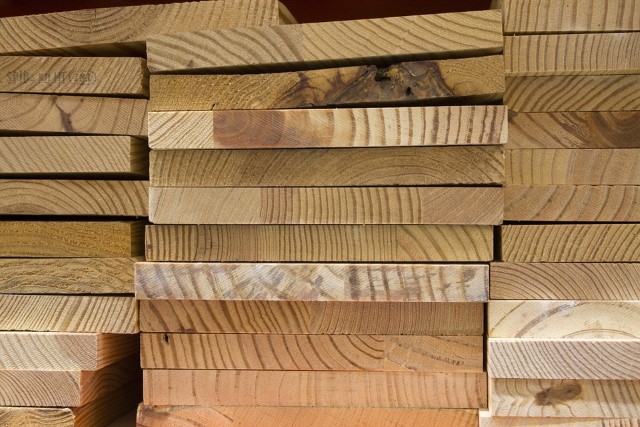Green lumber, also known as unseasoned or freshly cut wood, is becoming a popular choice among environmentally-conscious homeowners. Here’s what you need to know about using green lumber in your home projects.
What is Green Lumber?
Green lumber is wood that has been recently harvested and has not yet been dried or treated. It retains a high moisture content, which can influence its performance in construction and woodworking.
Benefits of Green Lumber
- Sustainability: Green lumber is often more eco-friendly than kiln-dried wood because it requires less energy to process. This reduces the carbon footprint associated with its production.
- Cost-Effective: Typically, green lumber is less expensive than dried wood. This cost-saving can be significant for large projects.
- Workability: Freshly cut wood is usually easier to saw and shape, making it a preferred choice for carpenters and DIY enthusiasts.
Considerations for Homeowners
- Moisture Content: Due to its high moisture content, green lumber can shrink, warp, or crack as it dries. It’s essential to allow adequate drying time and use proper techniques to mitigate these effects.
- Pest Control: Freshly cut wood can attract insects. Treating green lumber with appropriate pest control measures is crucial.
- Structural Use: While suitable for many projects, green lumber is not always ideal for structural applications where dimensional stability is critical. Consulting with a professional is recommended for such uses.
Best Practices
To use green lumber effectively, store it in a well-ventilated area to promote even drying. Consider using it for outdoor projects, such as decks or garden structures, where minor warping and cracking are less critical.
Green lumber offers a sustainable and cost-effective option for homeowners willing to take the necessary precautions. With proper handling, it can be a valuable resource for various home projects, contributing to a more eco-friendly lifestyle.


Recent Comments